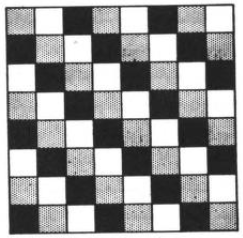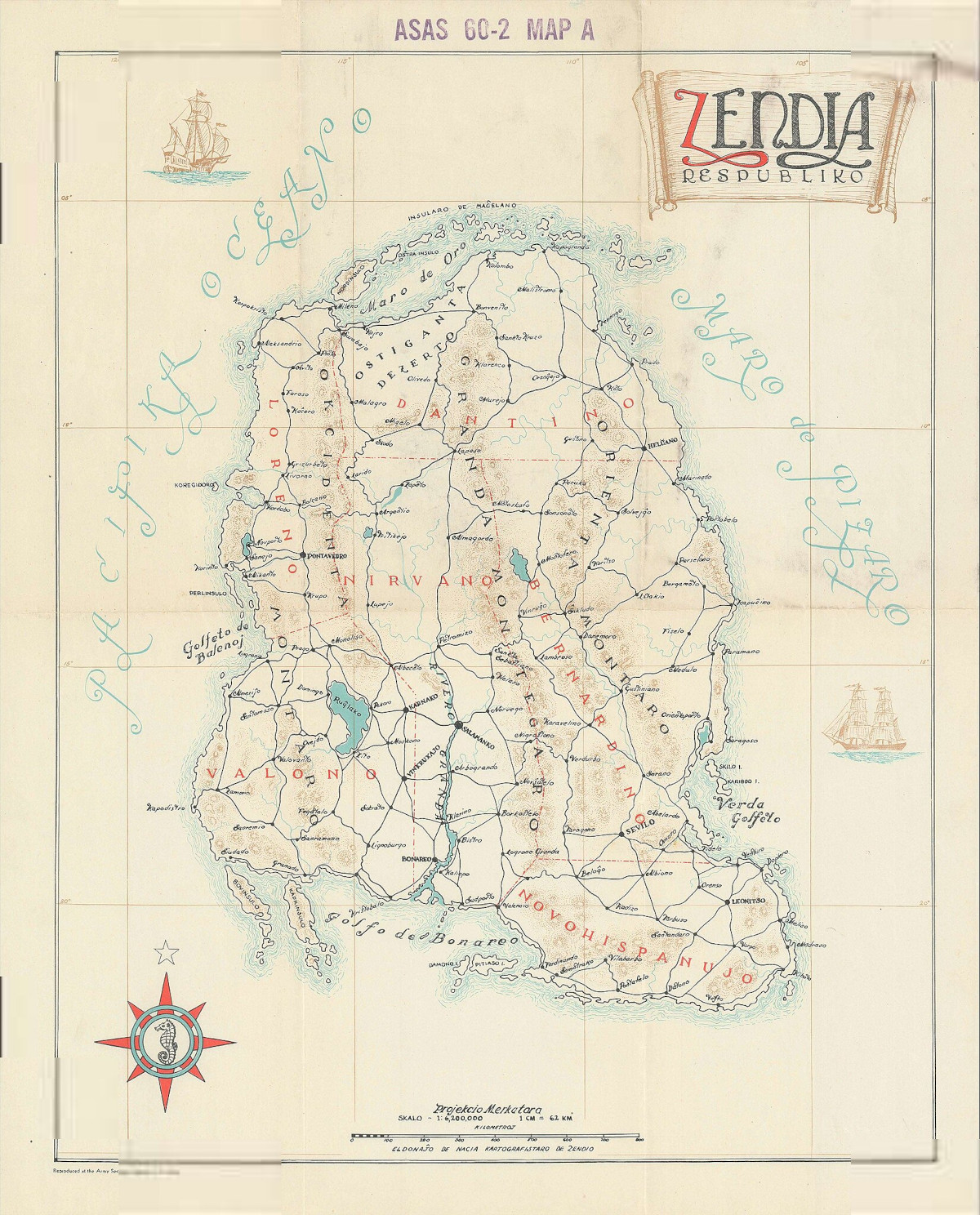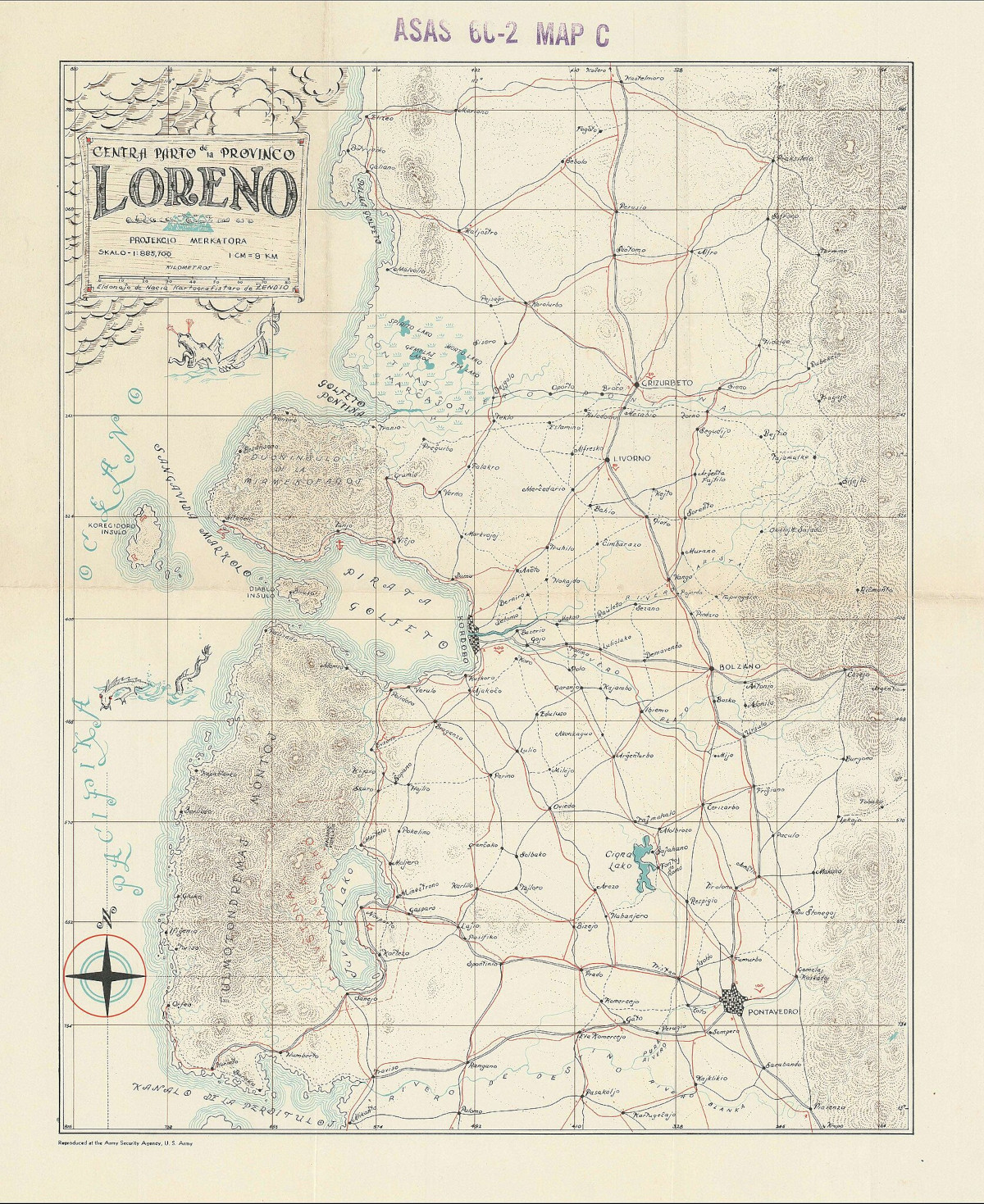A train engine pulling four cars meets a train engine pulling three cars. There’s a short spur next to the main track, but it can hold only one engine or one car at a time. A car cannot be joined to the front of an engine. What’s the most expeditious way for the two trains to pass one another?
This sounds fairly simple, but the solution is surprisingly involved. In presenting the problem in his Cyclopedia of 5000 Puzzles, Tricks, and Conundrums (1914), Sam Loyd wrote that it “shows the primitive way of passing trains before the advent of modern methods, and the puzzle is to tell just how many times it is necessary to back or reverse the directions of the engines to accomplish the feat, each reversal of an engine being counted as a move in the solution.”












